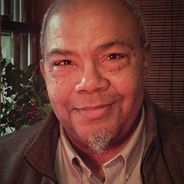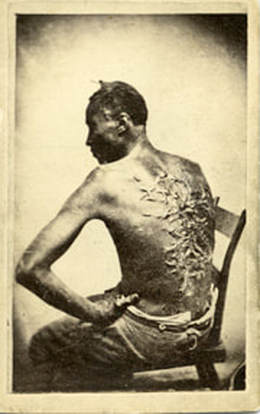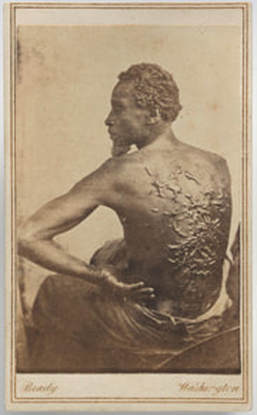The Need for Iconic Photographs: Race, Images & Representation
presented by Kent Alexander
|
Date:
Speaker: Location: Details: |
Thursday, December 6, 2018 at 7 pm
Kent Alexander, Anti-Racism and Workplace Culture Consultant Historic Northampton 46 Bridge Street, Northampton, Massachusetts Free and open to the public. First come, first served. $5 Donation Suggested. Your voluntary donation at the event makes programs like this one possible. |
In conjunction with Historic Northampton's current exhibit, Chaotic Freedom and the Scars of Slavery, Kent Alexander will explore why iconic photographs of slavery were so useful as instruments of change and why this need still seems to be woven into the fabric of our times.

Kent Alexander is a playwright, writer, humanities professor and an anti-racism and workplace culture consultant. His clients include Cooley Dickinson Health Center, Communities that Care of Franklin County, TerraCorps, Mount Grace Land Conservation Trust, and the Franklin County Community Development Corporation. He serves as the Diversity, Equity, and Inclusion consultant for the ValleyCreates program initiated by the Community Foundation of Western MA. He lives in Northampton.
While serving as Union army soldiers in 1863 Baton Rouge, Henry S. Gere of Northampton and Marshall S. Stearns of Northfield, met Peter, an enslaved man who fled slavery and entered their Union encampment. Gere & Stearns were so shocked by the scars on his back that Stearns brought him to a photographer to document the brutality of slavery for a white northern audience. Gere sent a copy of the photograph to Sidney Bridgman of Northampton for public viewing at Bridgman's Main Street bookstore. A later version of Peter’s photograph appeared as a wood engraving in the July 4, 1863 Harper’s Weekly. The image captivated a Northern public and changed public opinion about the war.
|
Carte-de-visite of
Peter, early April 1863 Image courtesy of the National Archives and Records Administration
|
“We learn here, also, that the stories of cruelty to the slaves are not destitute of truth. I saw last week one of the most horrid and singular objects I ever beheld. It was the bare back of a negro who had been beaten by an overseer. According to his story, it was last fall when he received the beating, and notwithstanding the long time intervening, his back was still a complete mass of blisters, the sight of which could hardly fail to make one shudder. The negro said he was insensible when he was whipped, and that all he knew about it was what his wife told him. But for the unmistakeable evidence which he bore upon this back, I could not have believed his story. Lieut. Stearns took him to an artist and had a picture taken of his back. I have purchased several copies to send home. One copy I shall send to Mr. S. E. Bridgman, of Northampton, who will show it to any one desiring to see it. It speaks for itself."
Excerpt from“Letters from the 52d April 6, 1863" written by Henry S. Gere and published in the Hampshire Gazette & Northampton Courier, May 5, 1863
|
This later version of the photograph became iconic.
Image courtesy of the
National Portrait Gallery, Smithsonian Institution |

